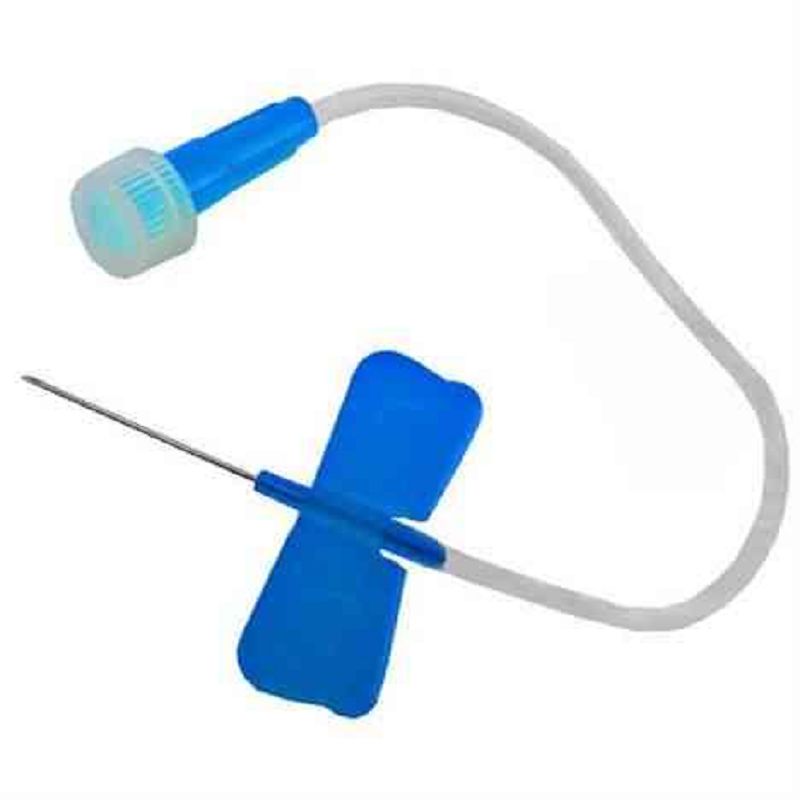Phlebotomy Quiz
{"name":"Phlebotomy Quiz", "url":"https://www.quiz-maker.com/QPREVIEW","txt":"Test your knowledge in phlebotomy with our comprehensive quiz designed for aspiring and current professionals alike. This quiz will assess your understanding of key concepts, procedures, and safety measures in the practice of drawing blood.50 questions covering a range of topicsMultiple choice, checkboxes, and text entry formatsGreat for preparing for certification or enhancing your skills","img":"https:/images/course8.png"}
More Quizzes
PMLS2
502529
Nursing MCQ
211030
IT Fundamentals+ Chapter 1
1369
Codigo de Conducta
168174
Is He in Love With Me? - Free & Instant Results
201018648
Free Cat Muscle Labeling - Identify Brachialis
201019855
Radiohead - The Bends: Test Your Album Knowledge
201017357
Practice Naming Alkanes - IUPAC Names with Answers
201016025
Git - Free Online Practice Test
201016182
Galaxies & the Universe Practice - Free Online
15815300
Are Me and My Boyfriend Compatible? Free
201018728
Scalp Picking Disorder - Test Your Knowledge
201016624



